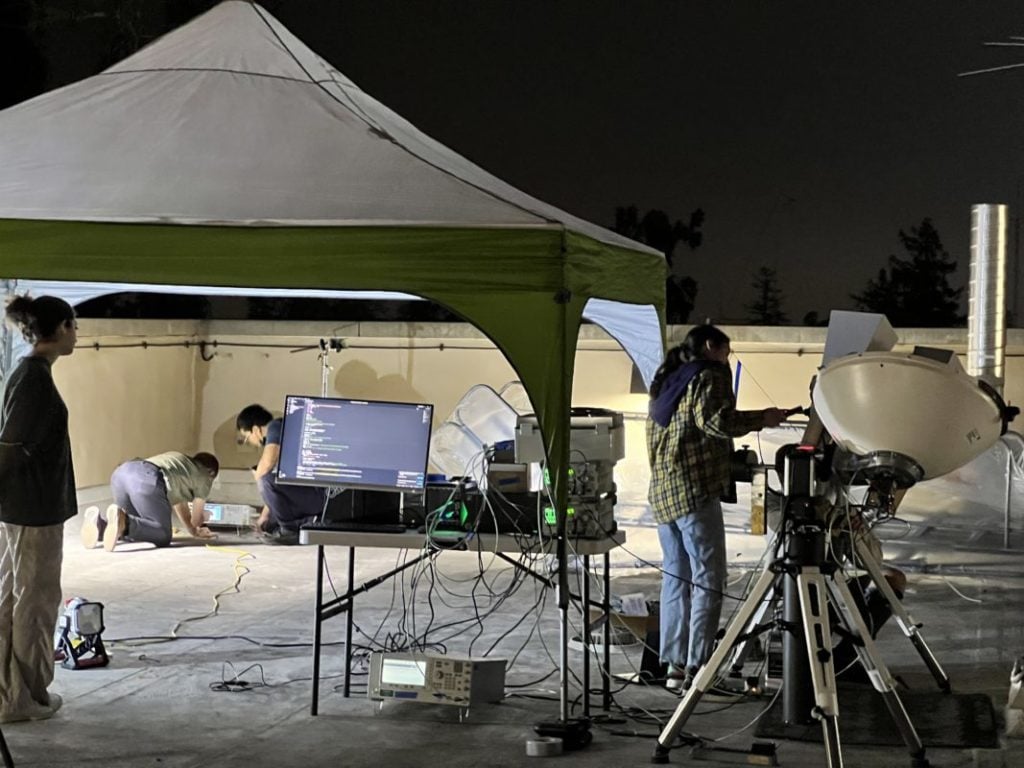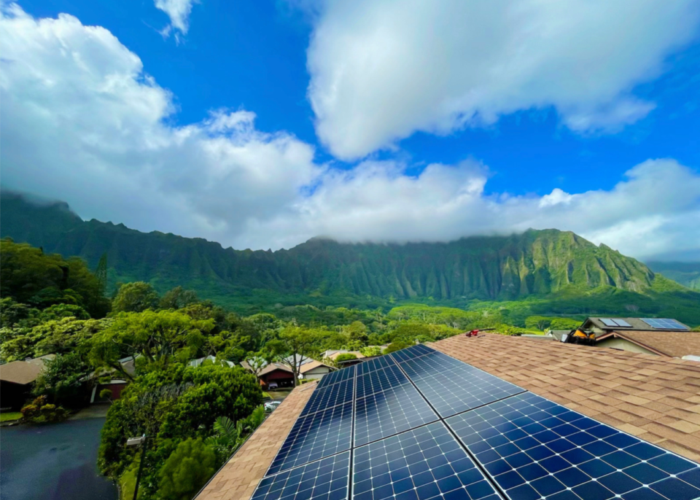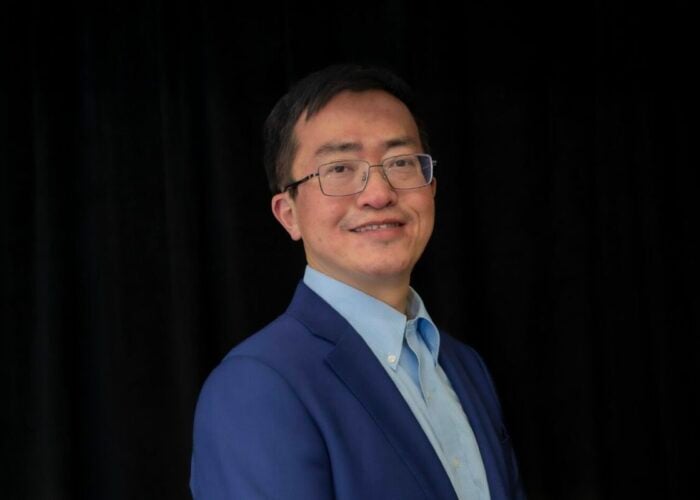
A satellite launched by the California Institute of Technology (Caltech) has successfully received and transmitted solar power back to Earth, the first time solar power has been transmitted to Earth in this manner.
Researchers launched the satellite, known as the Space Solar Power Demonstrator, on 3 January this year, which has tested a number of processes and components. Chief among these is the microwave array for power-transfer low-orbit experiment (MAPLE), an array of flexible lightweight power transmitters placed one foot away from two separate receiver arrays on the demonstrator, which receive light from the sun.
Unlock unlimited access for 12 whole months of distinctive global analysis
Photovoltaics International is now included.
- Regular insight and analysis of the industry’s biggest developments
- In-depth interviews with the industry’s leading figures
- Unlimited digital access to the PV Tech Power journal catalogue
- Unlimited digital access to the Photovoltaics International journal catalogue
- Access to more than 1,000 technical papers
- Discounts on Solar Media’s portfolio of events, in-person and virtual
Or continue reading this article for free
The MAPLE array received sunlight, converted it to direct current and fed the current through the transmitters to light up a pair of lights on the satellite. Critically, these transmitters also transferred energy back to Earth, where Caltech researchers detected the transmitted energy via a receiver on the roof of the university’s Gordon and Betty Moore Laboratory of Engineering, demonstrating that solar power can be gathered in space, and transmitted to Earth.
“Through the experiments we have run so far, we received confirmation that MAPLE can transmit power successfully to receivers in space,” said Ali Hajimiri, Bren professor of electrical engineering and medical engineering and co-director of the Space Solar Power Project, of which the MAPLE array is a part.
“We have also been able to program the array to direct its energy toward Earth, which we detected here at Caltech. We had, of course, tested it on Earth, but now we know that it can survive the trip to space and operate there.”
The researchers also announced that the signal received on Earth appeared “at the expected time and frequency”, and that it matched the frequency shift that the team had expected. The MAPLE array was also not sealed, exposing it and its transmissions to the environmental conditions of space, such as large temperature swings and the presence of solar radiation, so the success of the experiment is encouraging on a number of fronts.
Space-based solar power is an exciting concept for the solar industry, with solar panels built in space not limited by many of the conditions present on Earth. Space-based solar panels would not have their effective hours limited by the day-night cycle experienced on Earth, and there is vastly more room to build and operate facilities.
The sector has received considerable attention in recent years, with a Japanese project led by the Ministry of Economy, Trade and Industry aiming to demonstrate the transfer of power from space to the Earth by 2025.
Historically, satellites have been used for data collection and analysis in the solar sector, but with Caltech’s MAPLE work demonstrating the efficacy of space-based power transfer, and earlier than other groups expected, transmitting solar power directly from space could see greater interest in the future.






